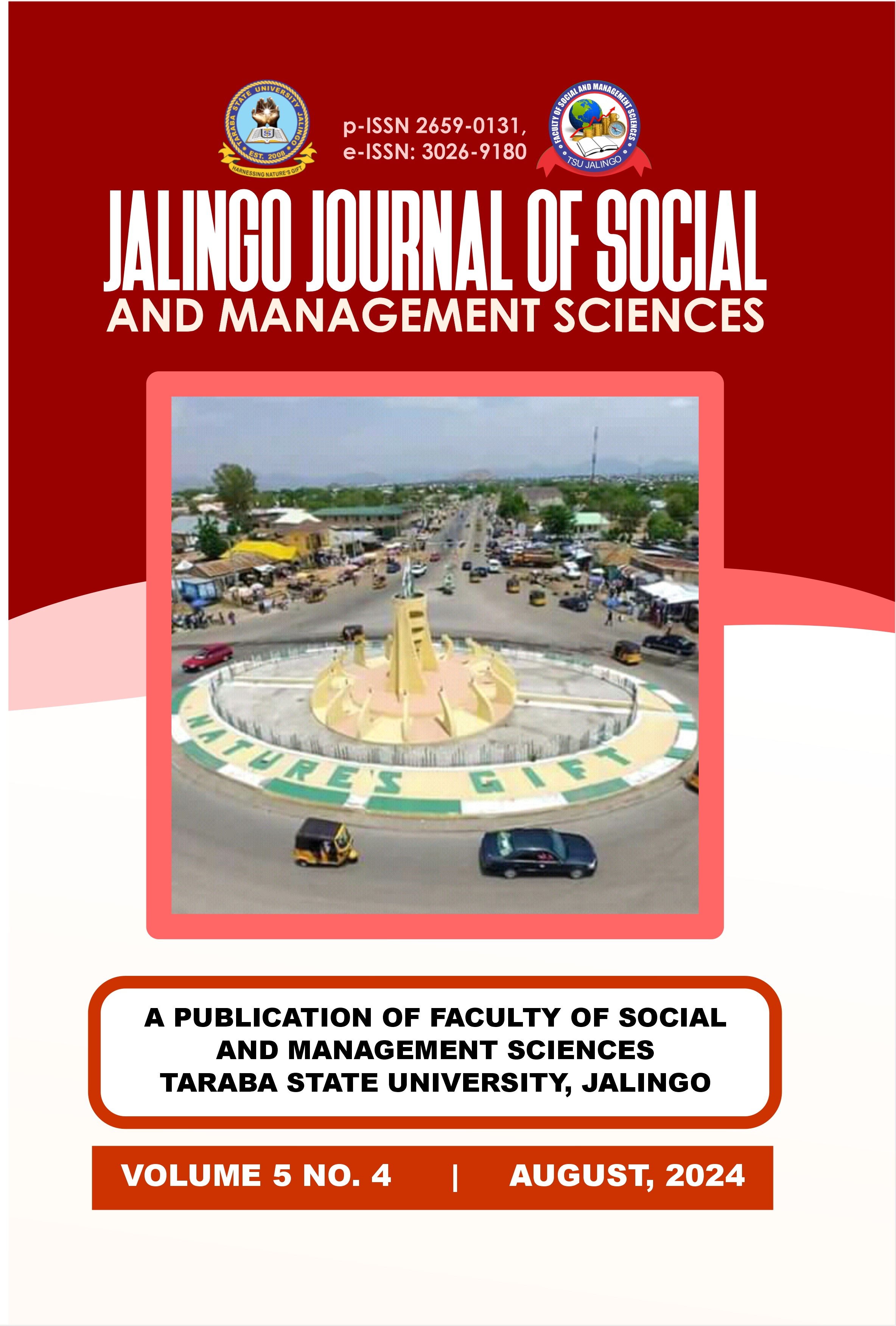Impact of Primary Health Care Services on Under-Five Mortality Rate in Nigeria
Keywords:
Disease Surveillance, Health Education, Children Immunization Enrolment, Antenatal Enrolment, Under-five mortalityAbstract
This study examined the impact of primary health care services on under-five mortality rate in Nigeria from 1993 to 2023. Secondary data were sourced from the United Nation International Children Emergency Fund (UNICEF), World Health Organization (WHO) and National Bureau of Statistics (NBS) Bulletins, covering the period from 1993 to 2023. The study adapted the Auto Regressive Distributed Lag technique (ARDL) which is robust autocorrelation and heteroscedasticity issues. The data set were first tested for stationarity properties to avoid spurious regression estimates using Augmented Dickey Fuller (ADF) test and Phillips-Perron (PP) test. In addition, the study employed Autoregressive Distributed Lag Model (ARDL) Bound test to investigate long-run relationship that exist among variables included in the study and determined the impact of Disease Surveillance, Health education, Children Immunization Enrolment and Antenatal enrolment on child mortality rate in Nigeria. The ARDL Bound testing confirmed that, there is long-run relationship among the variables of the study. In the long-run Disease Surveillance, Health education, Children Immunization Enrolment and Antenatal enrolment suggest negative and significant coefficient at (5%) level, the study recommended that government should urgently elicit the cooperation of all relevant stakeholders in terms of surveillance and set up policies for the prevention of the estimated output loss that could result if the disease prevalence is not controlled. In addition, Government should invest more in health education as well as free adult education where mothers can have access to education, provision and subsidization of vaccines for children under 5 so as to improve immunization coverage

Downloads
Published
Issue
Section
License
Copyright (c) 2024 JALINGO JOURNAL OF SOCIAL AND MANAGEMENT SCIENCES

This work is licensed under a Creative Commons Attribution-NonCommercial 4.0 International License.
